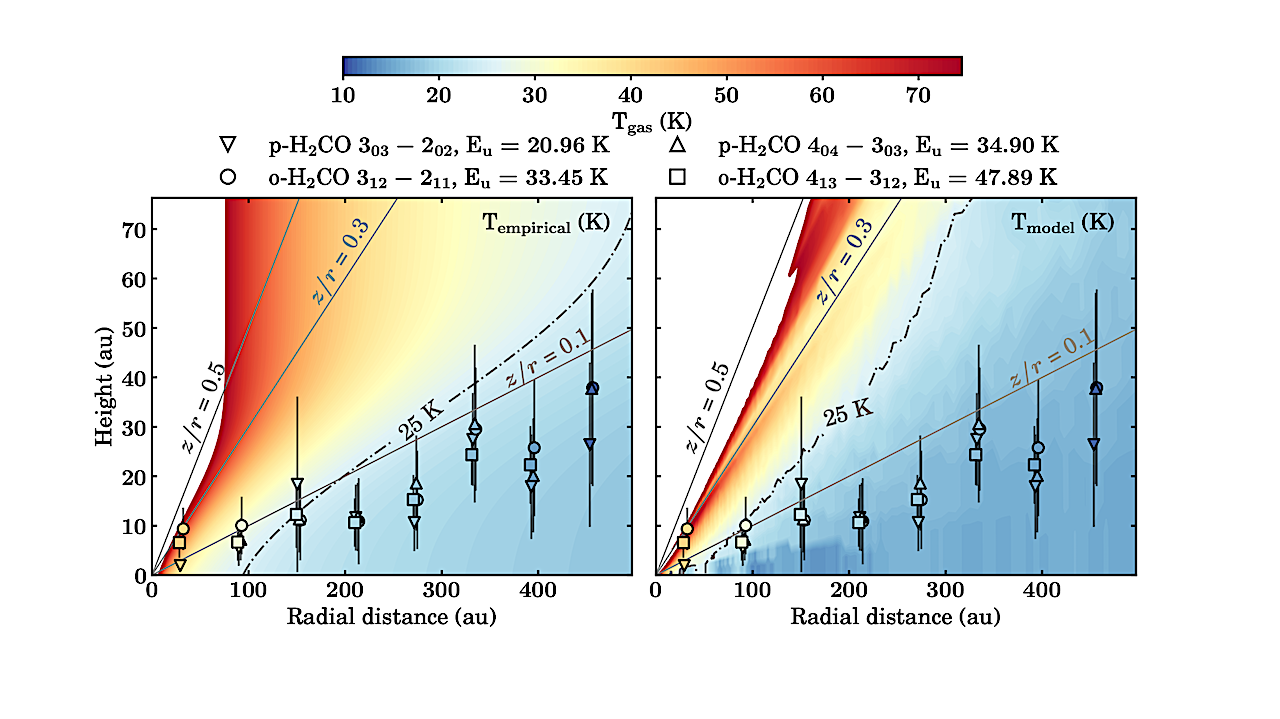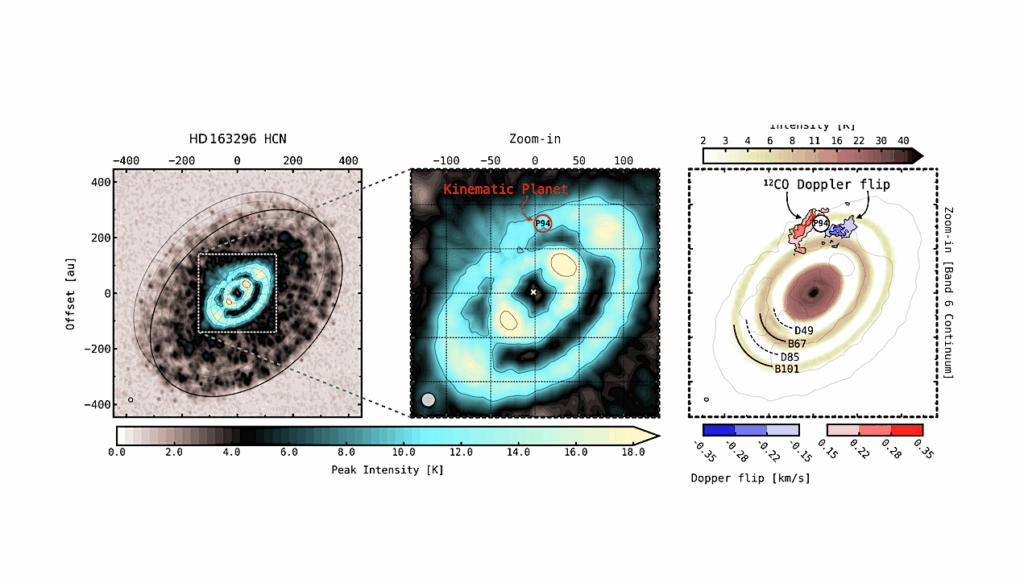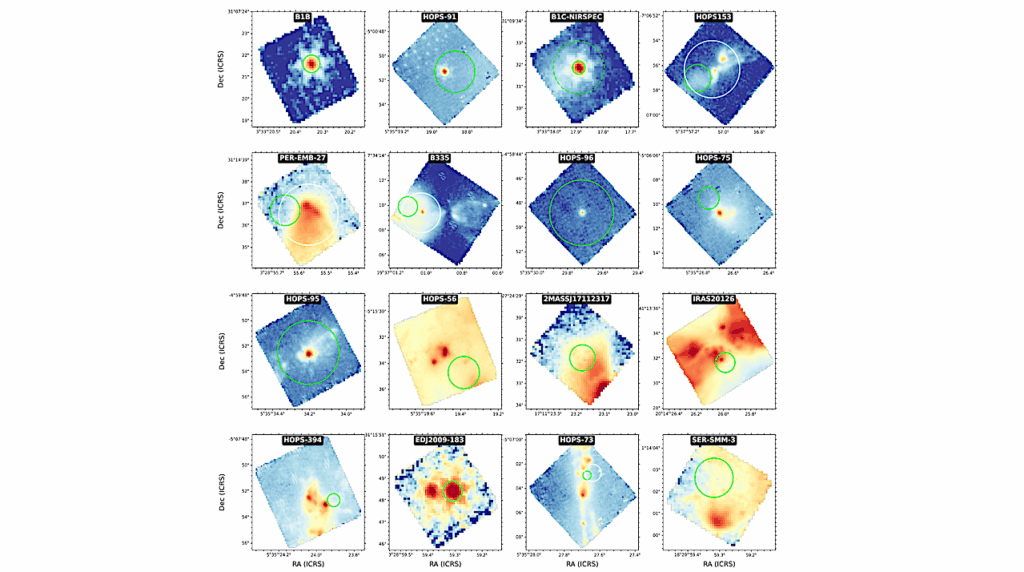Radial and Vertical Constraints On The Icy Origin Of H2CO In The HD 163296 Protoplanetary Disk

H2CO is a small organic molecule widely detected in protoplanetary disks. As a precursor to grain-surface formation of CH3OH, H2CO is considered an important precursor of O-bearing organic molecules that are locked in ices.
Still, since gas-phase reactions can also form H2CO, there remains an open question on the channels by which organics form in disks, and how much the grain versus the gas pathways impact the overall organic reservoir. We present spectrally and spatially resolved Atacama Large Millimeter/submillimeter Array (ALMA) observations of several ortho- and para-H2CO transitions toward the bright protoplanetary disk around the Herbig Ae star HD 163296. We derive column density, excitation temperature, and ortho-to-para ratio (OPR) radial profiles for H2CO, as well as disk-averaged values of NT∼4×1012 cm−2, Tex∼20 K, and OPR∼2.7, respectively.
We empirically determine the vertical structure of the emission, finding vertical heights of z/r∼0.1. From the profiles, we find a relatively constant OPR∼2.7 with radius, but still consistent with 3.0 among the uncertainties, a secondary increase of NT in the outer disk, and low Tex values that decrease with disk radius. Our resulting radial, vertical, and OPR constraints suggest an increased UV penetration beyond the dust millimeter edge, consistent with an icy origin but also with cold gas-phase chemistry.
This Herbig disk contrasts previous results for the T Tauri disk, TW Hya, which had a larger contribution from cold gas-phase chemistry. More observations of other sources are needed to disentangle the dominant formation pathway of H2CO in protoplanetary disks.
Claudio Hernández-Vera, Viviana V. Guzmán, Elizabeth Artur de la Villarmois, Karin I. Öberg, L. Ilsedore Cleeves, Michiel R. Hogerheijde, Chunhua Qi, John Carpenter, Edith C. Fayolle
Comments: 21 pages, 4 tables, 10 figures; Accepted for publication in ApJ
Subjects: Earth and Planetary Astrophysics (astro-ph.EP)
Cite as: arXiv:2404.06133 [astro-ph.EP] (or arXiv:2404.06133v1 [astro-ph.EP] for this version)
https://doi.org/10.48550/arXiv.2404.06133
Focus to learn more
Submission history
From: Claudio Hernández-Vera
[v1] Tue, 9 Apr 2024 08:57:27 UTC (9,009 KB)
https://arxiv.org/abs/2404.06133
Astrobiology, astrochemistry,








